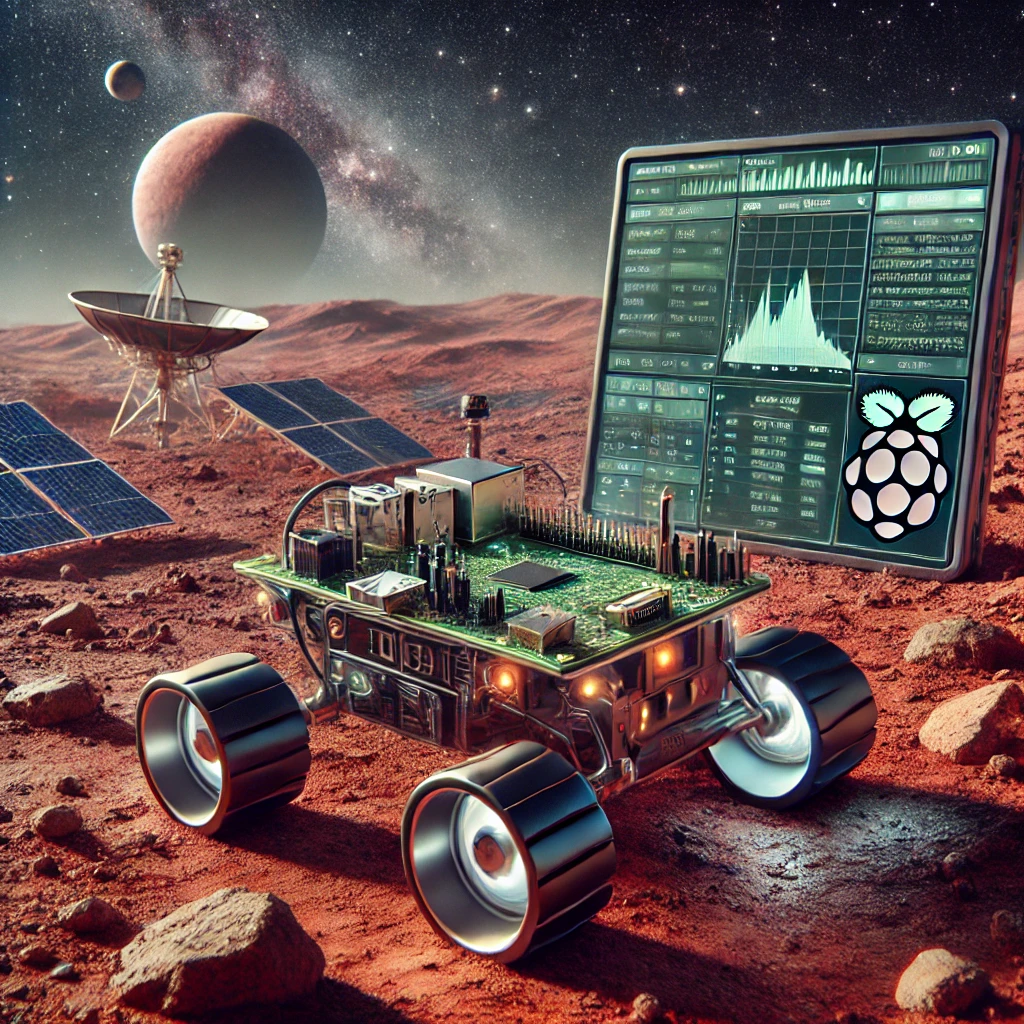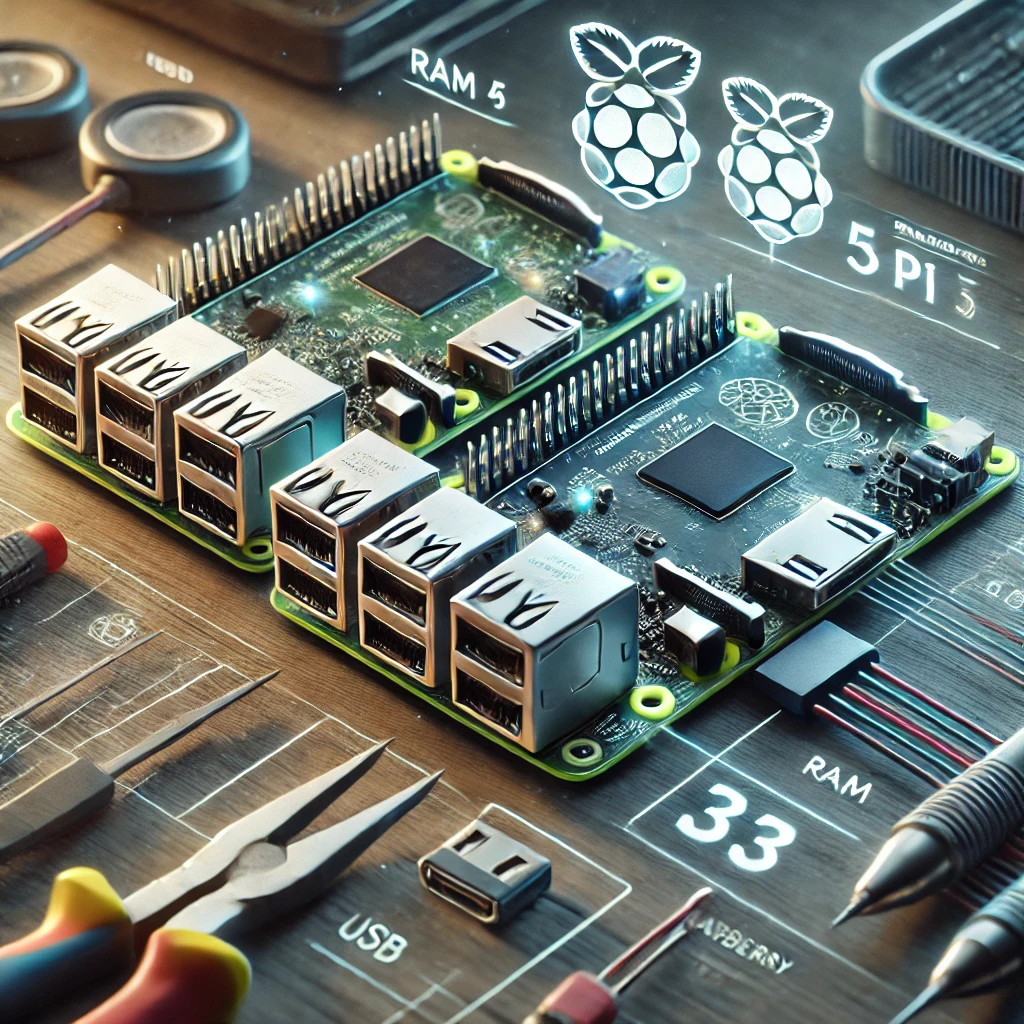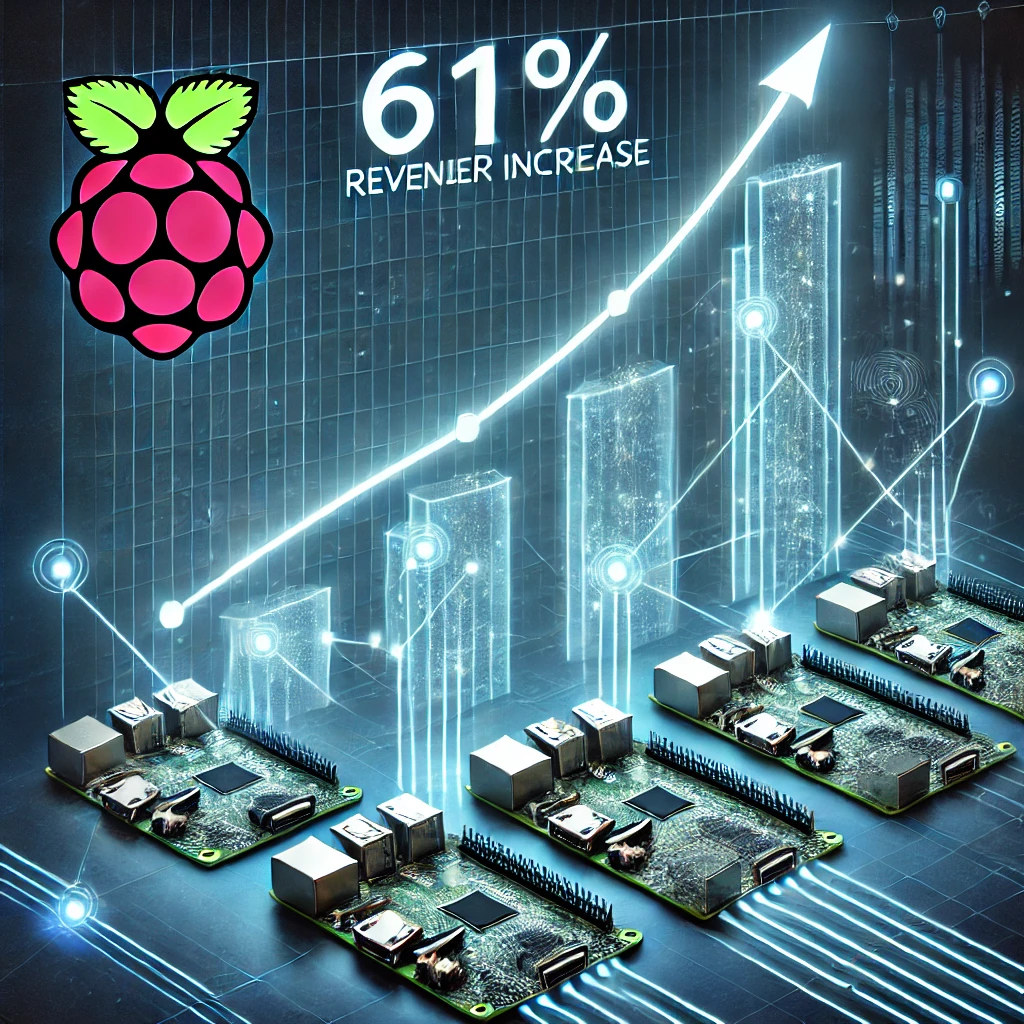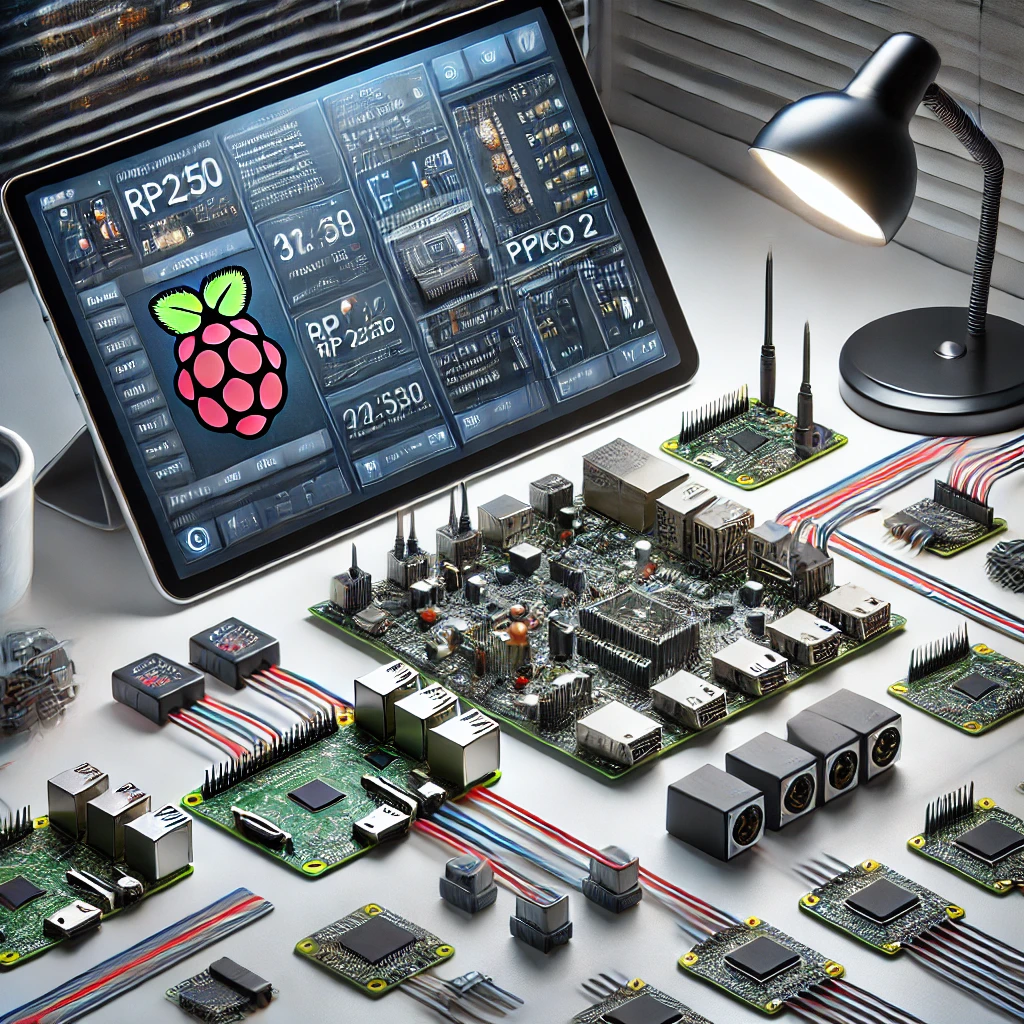Discover how Raspberry Pi is aiding space exploration with Pi Power add-ons, supporting data collection and remote monitoring in space missions.
Raspberry Pi’s Role Beyond Earth
The Raspberry Pi, a device originally designed for educational and prototyping purposes, has now made its way into space exploration. With its compact size, versatility, and affordability, the Raspberry Pi has become an invaluable tool for conducting experiments, collecting data, and remotely monitoring space missions. When equipped with Pi Power add-ons, the Raspberry Pi proves to be resilient and adaptable even in the harshest conditions of space. This article delves into how Raspberry Pi is contributing to space research and exploration.
Data Collection and Monitoring in Space
Raspberry Pi devices have been increasingly utilized in space missions for their data collection and monitoring capabilities. One notable example is their deployment in the International Space Station (ISS), where Raspberry Pi devices, enhanced with Pi Power add-ons, are used to collect data on temperature, humidity, air quality, and radiation levels.
The Pi Power add-ons, such as solar power modules, allow the Raspberry Pi to operate independently of traditional power sources, ensuring that it functions effectively in a low-energy environment. Additionally, battery packs provide backup power, allowing the Raspberry Pi to remain operational during periods when solar energy isn’t available, such as when the ISS is on the dark side of the Earth. This continuous monitoring ensures that data is consistently collected and transmitted back to researchers on Earth.
Furthermore, Raspberry Pi has been used to monitor the health of astronauts by recording and analyzing various biometric data. Equipped with sensors and cameras, the Pi is capable of providing real-time data that aids in monitoring astronauts’ heart rates, body temperature, and other vital signs, ensuring their well-being during long-term missions.
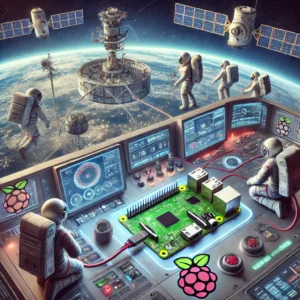
Conducting Experiments with Raspberry Pi in Zero Gravity
Another exciting application of Raspberry Pi in space is its use in conducting experiments in a zero-gravity environment. Scientists and students worldwide have had the opportunity to send their Raspberry Pi-based projects to the ISS through programs like the Astro Pi Challenge, a European Space Agency initiative that encourages students to write code for experiments conducted in space.
The experiments range from studying the effects of cosmic radiation on different materials to monitoring the growth of plants in a microgravity environment. The Pi Power add-ons, such as additional sensors and cameras, make it possible for the Raspberry Pi to capture high-resolution images and precise measurements, enabling scientists to analyze the results accurately. These experiments are critical in helping researchers understand how different materials, biological specimens, and even human physiology respond to space conditions.
Autonomous Spacecraft and Rover Operations
The Raspberry Pi is not only being used in space stations but also plays a crucial role in autonomous spacecraft and rover missions. In these scenarios, the Pi Power add-ons provide the necessary power and connectivity for the Raspberry Pi to operate effectively in remote and challenging environments. For example, on Martian rovers, Raspberry Pi devices monitor soil samples, control robotic arms, and manage communication with Earth-based command centers.
The use of Pi Power solar panels ensures that the Raspberry Pi can operate continuously, even in low-light conditions on the Martian surface. Additionally, power management boards regulate the energy consumption, making the Raspberry Pi an efficient choice for long-duration missions. The flexibility and resilience of the Raspberry Pi allow it to adapt to various tasks, from navigating terrain to analyzing geological samples.
Why Raspberry Pi is Perfect for Space Exploration
The use of Raspberry Pi in space exploration can be attributed to its affordability, versatility, and ease of customization. When compared to traditional space-grade computers, the Raspberry Pi is significantly more cost-effective, allowing multiple units to be deployed without incurring high expenses. Moreover, its compatibility with Pi Power add-ons means that it can be easily modified to suit different missions and objectives.
The Raspberry Pi’s lightweight design also makes it ideal for space missions, where every gram of weight matters. Its ability to run a variety of software, combined with its robust hardware, ensures that it can perform a wide range of tasks, from data collection to automation.
Raspberry Pi’s Growing Role in Space Exploration
The Raspberry Pi’s ability to withstand space’s harsh conditions, combined with the adaptability provided by Pi Power add-ons, makes it an indispensable tool in space exploration. Its applications in data collection, monitoring, experimentation, and autonomous operations showcase its versatility and potential for future space missions. As humanity continues to explore the cosmos, the Raspberry Pi is expected to play an even greater role, pushing the boundaries of what’s possible beyond our planet.

